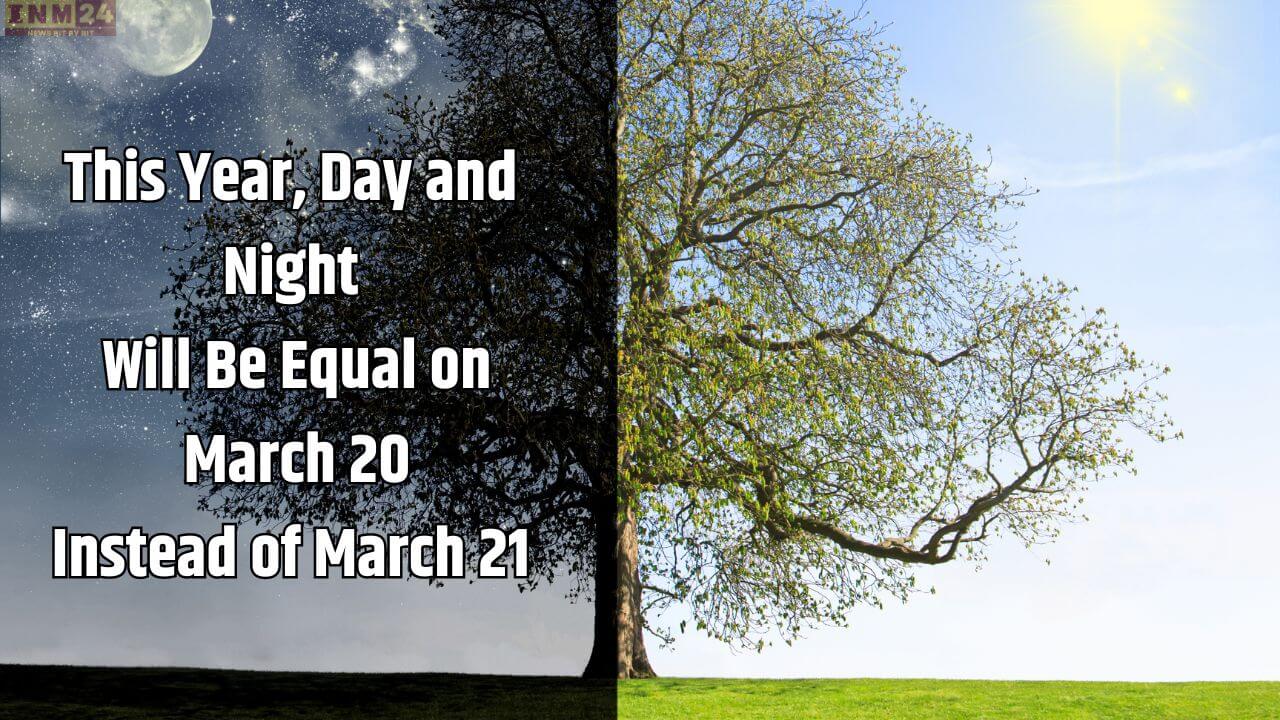This year, you will witness the Vernal Equinox on March 20 instead of the usual March 21. Usually, the equinox occurs when the Sun crosses the celestial equator, resulting in equal durations of day and night, each lasting for 12 hours. However, this astronomical event will take place on March 20 this year. It’s worth noting that similar occurrences were observed in the years 2016 and 2017 as well, where the equinox fell on March 20. This phenomenon is also known as the Vernal Equinox.
Beginning of the Summer Season
Following this astronomical event, the commencement of the summer season is marked. During this period, the intensity of the Sun’s rays increases as it aligns with the Tropic of Cancer and the Tropic of Capricorn. This leads to four specific solar positions named March Equinox, June Solstice, September Equinox, and December Solstice. This year, this alignment is set to occur on March 20. On this day, when the Sun is directly above the equator, its shadow will disappear entirely after a certain period.
Passage Through Significant Locations
The celestial equator passes through fourteen countries, traversing through land and water. Most of the regions surrounding the celestial equator are oceanic. The areas around the celestial equator are considered ideal for establishing space centers. This is evident from the presence of space centers like the Guiana Space Centre, located in French Guiana, which lies on the celestial equator.
Lengthening of Days
With the arrival of the Vernal Equinox, the Sun enters the Northern Hemisphere. As a result, the days begin to lengthen gradually while the nights shorten. This year, after the Sun aligns with the celestial equator in the constellation of Aries on March 20, it will move towards the Northern Hemisphere. This alignment will persist until June 21. You can directly observe this transition of the Sun on this day.
The occurrence of the Vernal Equinox on March 20 this year brings with it the onset of the summer season and signifies the lengthening of days. Observing this astronomical event can provide insights into the changing dynamics of Earth’s relationship with the Sun.
